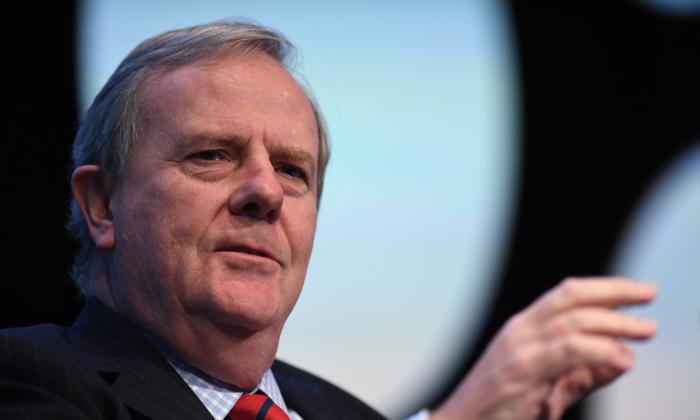The 2024 Cadillac Lyriq electric large SUV will launch down under late this year, and GM Australia and New Zealand Managing Director Jess Bala told reporters that while they had no intention of making a “mainstream play” with their traditional models, there was significant scope for to tap into buyers looking for high-end electric SUVs.
“This is a luxury play for a whole realm of reasons, one being we want to be something that’s sought-after and to be sought-after, there does not need to be a ton of them driving around,” Ms. Bala said.Ms. Bala said the decision was about timing as consumer demand shifted to more sustainable vehicles.
The relaunched series will be sold online and in “experience” stores located in Sydney, Melbourne, and Auckland.
“So when you look at our market here across Australia and New Zealand, obviously it’s one of the most saturated markets in the world, but we also think that’s a really great thing because it gives us an amazing opportunity to really stand the Cadillac brand out on its own, through either the amazing vehicles that we have coming, or the customer experience as well.”
GM’s presence in Australia was underpinned by iconic brand Holden up until 2020.
The brand was founded in 1856 as a saddlery business and transitioned to automotive manufacturing in 1908. Holden became a dominant player in the Australian automotive industry, producing a wide range of vehicles, including sedans, SUVs, and commercial vehicles.
It was acquired in 1931 by GM. In February 2020, GM announced that it would retire the Holden brand and cease operations in Australia and New Zealand.
The decision to end Holden’s operations was part of GM’s global restructuring efforts to focus on markets where it could achieve strong return on investment.
Holden’s closure marked the end of an era for Australian automotive manufacturing, as it was one of the last remaining domestic car manufacturers in the country.
Cadillac Zoning in on Australian, New Zealand markets
The Cadillac brand has not sold vehicles in Australia since the 1960s, and the Global Financial Crisis scuppered a scheduled 2008 return.But the company believes the time is now right.
The decision to re-enter Australia and New Zealand came after it chose to start manufacturing right-hand drive cars again—exclusively for the EV market, and part of a company-wide commitment to go fully electric globally by 2030.
“It’s about walking the talk. I can give you all the words in the world, but acting and doing is the only way you are going to be believing and that’s on me as a global brand leader.”







